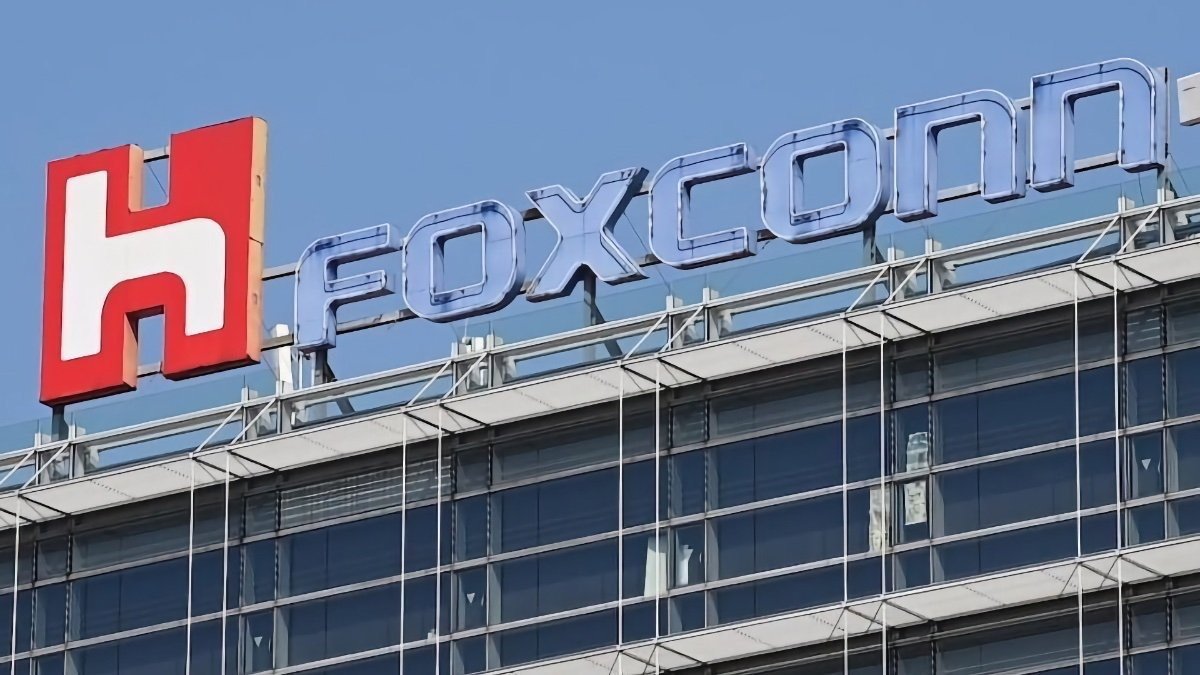Apple’s fight with Trump’s tariffs will shift the cost to customers

Ming-Chi Kuo’s Apple commentary is normally fairly insightful, but his latest batch on how Apple can shoulder President Trump’s tariff burden is short-sighted, and doesn’t make a great deal of sense.
Analyst Ming-Chi Kuo recently outlined how the company could respond to a new wave of U.S. tariffs targeting hardware assembled in China, India, and Vietnam. The new policy imposes tariffs of 54%, 26%, and 46% on goods from China, India, and Vietnam, respectively.
However, Kuo’s analysis glosses over some incredibly major obstacles.
Raising prices is likely
Kuo claims Apple could avoid the worst of the tariff impact by shifting more production to India and Vietnam or leaning on other cost-saving tactics. But they won’t eliminate the financial pressure, and that makes price hikes far more likely.
If Apple doesn’t raise prices, Kuo claims it could lose up to 9% of its gross margin. But no matter how the company responds, customers ultimately bear the cost.
With 85-90% of Apple’s hardware assembly based in China and the rest in India and Vietnam, the Trump administration’s new tariff policies— imposing 54%, 26%, and 46%, respectively— will significantly raise costs for hardware exports to the US. If Apple keeps prices unchanged, its overall gross margin could significantly drop by an estimated 8.5-9%.
— (Ming-Chi Kuo) (@mingchikuo) April 3, 2025
One scenario is that Apple holds prices steady and absorbs the margin hit. But that’s a short-term strategy at best. Apple’s shareholders expect returns, not sacrifices.
A margin drop of 8.5 to 9% isn’t sustainable for the investor crowd. Apple is likely to raise prices eventually, even if it does so as quietly as it can, despite most of its releases getting major media attention.
Apple can’t escape tariffs
Another strategy involves shifting more production to India and Vietnam. While these countries have some ties with the U.S., Trump has made it clear there won’t be exemptions.
That means Apple could face steep tariffs no matter where it moves production. Both countries have deepened trade ties with the U.S., making them more favorable in ongoing economic agreements.
Shifting production to those countries could reduce the margin hit to 5.5 to 6%, or even just 1 to 3% if production in India scales up dramatically. But setting up or expanding manufacturing infrastructure is expensive.
Passing the buck to customers
Apple isn’t going to eat that cost, at least not in the long term. It will be passed along, even if disguised as price adjustments or reduced product value over time.
Kuo also mentions more consumer-facing strategies, like boosting carrier subsidies and quietly cutting trade-in discounts. While these might make new iPhones look cheaper, the actual cost can be higher.

Apple might also lean harder on its suppliers, pressuring them to cut costs
Carrier subsidies often come with pricier plans, longer contracts, and more restrictions. Lower trade-in values mean customers get less for their old devices, which is another way Apple shifts the financial burden back to the buyer.
The company might also lean harder on its suppliers, pressuring them to cut costs. That sounds painless on paper, but it rarely is.
Suppliers under pressure may cut corners, delay support, or pull back on innovation. Quality and reliability can suffer. When that happens, it’s the customer who pays for repairs, replacements, or warranty fights.
Even if Apple’s margins dip below 40%, the bigger risk is an economic slowdown. As seen during the 2019 tariff battles and COVID supply issues, consumers may delay upgrades, leading to slower sales.
In the end, Apple’s business resilience depends on its ability to shift pressure downward. It may delay, disguise, or redistribute costs, but customers are still the ones paying.

